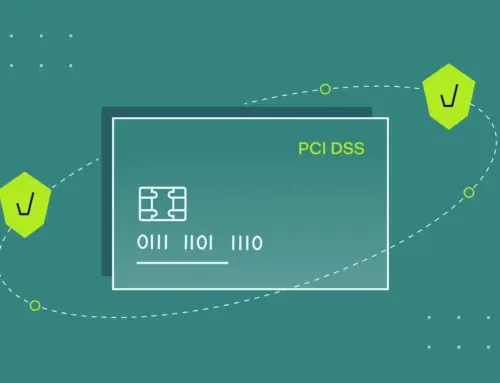
Types of Virtual Private Network (VPN) routers and its protocols.
What is VPN?
VPN stands for Virtual Private Network. It is a technology that allows users to create a secure and encrypted connection over a public network, typically the internet, to access private resources and information as if they were directly connected to a private network. In other words, a VPN extends a private network across a public network, providing a secure and private communication channel between the user’s device and the resources they need to access.
The primary purpose of a VPN is to enhance security and privacy while accessing the internet or other network resources. It achieves this by creating a “tunnel” between the user’s device and the VPN server. All data transmitted through this tunnel is encrypted, making it difficult for unauthorized parties, such as hackers or internet service providers (ISPs), to intercept or access the data.
Some key points about VPN:
- Privacy: VPNs help protect your online privacy by hiding your real IP address and encrypting your internet traffic. This means that your internet activities and browsing habits are shielded from being tracked by third parties.
- Security: VPNs encrypt data, ensuring that sensitive information, such as passwords, personal data, and business communications, remains secure and confidential even when transmitted over public networks.
- Geo-spoofing: VPNs allow users to connect to servers located in different geographic locations, which can help bypass geographical restrictions and access content that might be blocked or restricted in their actual location.
- Remote Access: VPNs enable secure remote access to private networks, allowing employees to work remotely and access company resources as if they were physically present in the office.
- Bypassing Censorship: In regions where internet access is heavily censored or restricted, VPNs can help users bypass such restrictions and access the open internet.
Virtual Private Networks (VPNs) can be categorized into different types based on their architecture, use cases, and protocols. Here are some common types of VPNs and the protocols they use:
- Remote Access VPN:
- Purpose: This type of VPN allows individual users to connect to a private network securely over the internet, typically from remote locations such as home or while traveling.
- Protocols: Commonly used protocols for remote access VPNs include:
- Point-to-Point Tunneling Protocol (PPTP)
- Layer 2 Tunneling Protocol (L2TP) over IPsec
- Secure Socket Tunneling Protocol (SSTP)
- OpenVPN
2. Site-to-Site VPN (Intranet-based VPN):
-
- Purpose: This VPN type connects multiple local networks (LANs) located in different geographical locations. It is commonly used for interconnecting branch offices or data centers in large organizations.
- Protocols: Site-to-Site VPNs typically use protocols like:
- Internet Protocol Security (IPsec)
- Generic Routing Encapsulation (GRE)
- Multiprotocol Label Switching (MPLS)
3. Hybrid VPN:
-
- Purpose: Hybrid VPNs combine the features of both remote access and site-to-site VPNs. They are used in scenarios where a mix of remote users and site-to-site connections are required.
- Protocols: The protocols used in hybrid VPNs can be a combination of those mentioned in remote access and site-to-site VPNs.
4. MPLS VPN:
-
- Purpose: Multiprotocol Label Switching (MPLS) VPNs are often used by Internet Service Providers (ISPs) to create secure private networks for their customers over a shared network infrastructure.
- Protocols: MPLS VPNs use MPLS for forwarding data between sites, but the customer’s data may still be encrypted using IPsec or other encryption protocols.
VPN Protocols:
- OpenVPN:
- Open-source and highly configurable.
- Supports both TCP and UDP protocols.
- Utilizes SSL/TLS for encryption and authentication.
- Can traverse firewalls and NAT.
2. IPsec (Internet Protocol Security):
-
- Commonly used for site-to-site VPNs and remote access VPNs.
- Provides strong encryption and authentication.
- Can operate in tunnel mode or transport mode.
- Often integrated into operating systems and network devices.
3. PPTP (Point-to-Point Tunneling Protocol):
-
- One of the earliest VPN protocols.
- Offers relatively fast connection speeds.
- Lacks strong security and not recommended due to vulnerabilities.
4. L2TP (Layer 2 Tunneling Protocol):
-
- Often used in combination with IPsec (L2TP/IPsec) for enhanced security.
- Provides data confidentiality, integrity, and authentication.
5. SSTP (Secure Socket Tunneling Protocol):
-
- Developed by Microsoft and integrated with Windows.
- Uses SSL/TLS for encryption, making it highly secure.
6. WireGuard:
- A modern and efficient open-source VPN protocol.
- Known for its simplicity, speed, and cryptographic strength.





